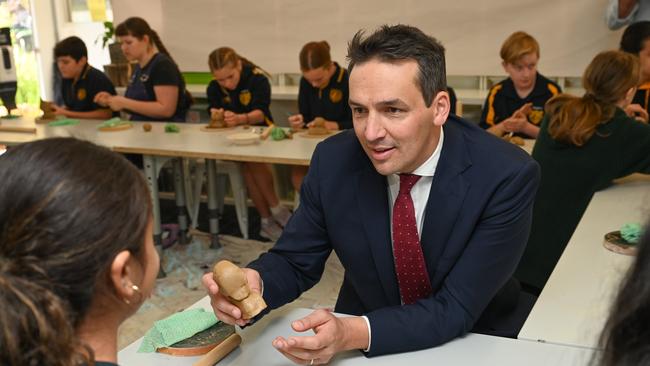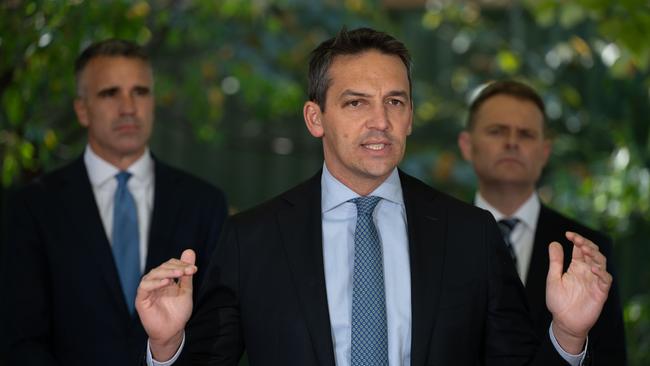New 20-year infrastructure plan announced for SA schools
A new framework for how and which schools receive infrastructure funding has been announced by the state government following a $250m spend promise.

Education
Don't miss out on the headlines from Education. Followed categories will be added to My News.
More of South Australia’s ageing public schools are set to receive upgrades under a new 20-year infrastructure plan following a $250m commitment in last week’s state budget.
The state government plan will provide clarity on how work is prioritised on about 5700 buildings across 900 public schools, preschools and children’s centres run by the Education Department.
In a report outlining the 20-year plan, it was found without action “the projected increase of assets in poor or very poor condition would more than double over the next 20 years”.
The average age of a public school building is 44-years-old and 35 per cent of all buildings managed by the Education Department are past their design life, the report said.
The report said that infrastructure upgrades at certain schools were influencing enrolment decisions and the former approach led to a lack of funding available “in the remaining majority of public schools” in the state.

Education Minister Blair Boyer said school communities have been “rightfully frustrated in the past around not having the clarity they deserve”.
“It has been too long without a document that explains to school communities how we are making those decisions,” Mr Boyer said.
The plan will focus on key indicators when assessing infrastructure work including enrolment trends and capacity, socio-economic disadvantage, asset condition, school culture and local community opportunities.
Principal of Oakbank School Lee Knight said she was brought to tears when she received the call that her school would receive an almost $16m upgrade – its first in more than a decade.
While taking families on tours of the school, she said they were impressed by the staff and opportunities, but were put off by ageing infrastructure.
“When they’re trying to make the best decision for their child they will sometimes still choose the school down the road that has something shiny and new,” Ms Knight said.

Year 7 student Bailey, 12, said the investment in the school would “help students now and in the future”.
His Year 7 classmate Matthew, also 12, said he was excited for “new buildings to move into” and “not just portable ones”.
Year 9 student Katie said the school “really needs it”.
SA Primary Principals Association president Tobias O’Connor supported the plan and added that “ageing infrastructure is a pressing issue” for principals.
SA Secondary Principals’ Association chief executive Jayne Heath said more transparency would ensure equitable funding.





